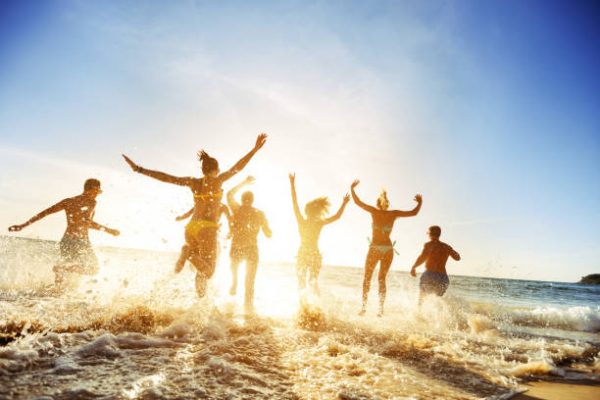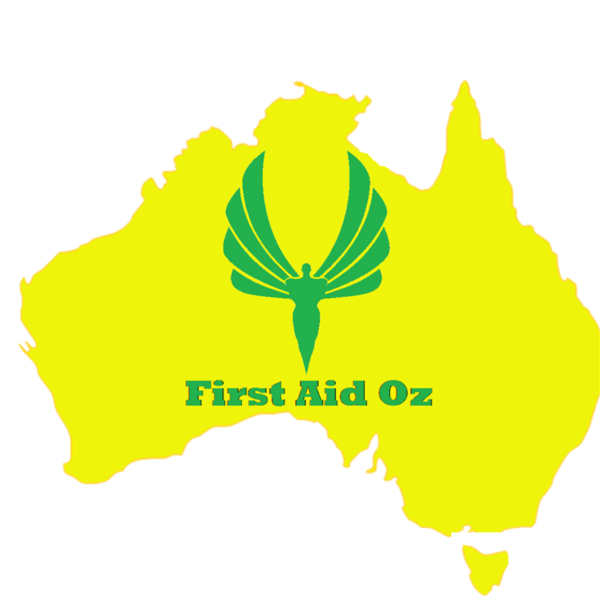Stay Safe from drowning this Summer

I’m sure, as Australians, many of us have fond memories of swimming lessons. Whether we learned with our families, at school or in private classes, many of us learned to swim as children and teenagers. Knowing how to swim gives many of us the false sense of security against drowning.
However, swimming skills alone don’t prevent drowning. And, unfortunately, not everyone knows how to swim. Further, there are a number of health and safety factors that play a part in drowning deaths and non-fatal drownings. So join us today as we discuss these sobering summer statistics and what YOU can do to help save a life this summer.
The Sobering Summer Statistics
Tragically, over 2017 and 2018 already, drowning has claimed too many lives in Australia. We lost 249 people across Australia. This broke down into the following statistics:
- Western Australia: 27
- Northern Australia: 7
- South Australia: 15
- Queensland: 60
- New South Wales: 87
- Canberra: 3
- Victoria: 40
- Tasmania: 10
As well as 249 drowning deaths, 551 people were hospitalized for non-fatal drowning incidents, many who will suffer with permanent conditions.
Of those deaths, 72% were men and 28% were women. The majority of drownings occurred between 12pm and 6pm in the afternoon and 2 in 5 drownings occurred during Summer. The most notable areas for drownings included:
- 25% drowned in a river, creek or stream
- 19% drowned at a beach
- 16% drowned in the ocean or a harbour
- 9% drowned in a public or residential swimming pool
It’s not just kids who are victims of drowning
Drownings affected Australian’s of all ages, however the highest percentage were men between the ages of 25 and 44. Here are the drowning statistics broken down by age:
- Age 0-14: 27
- Age 15-24: 29
- Age 25-44: 76
- Age 45-54: 35
- Age 55-64: 29
- Age 65+: 52
While drowning deaths of children have declined over the past ten years, drowning is still the leading cause of death for children under 5 years old. For adults, alcohol was the leading cause of drowning deaths, with 31 positive blood alcohol deaths in drowning victims. For adults over 65, 52 people died in 2017 alone. 23% of those deaths occurred due to boating accidents where the victim was not wearing proper lifesaving equipment.
Finally, overall, the highest cause of drowning death were:
- 26% due to swimming and recreation
- 15% due to boating accidents
- 14% due to falls into water
Drownings are down against the 10 year average, thanks to drowning prevention and safety initiatives. However, there is still far more that we could be doing to make our nation free of drowning. These include avoiding alcohol are water, supervising children, always following water safety instructions, always wear a life vest or lifejacket, learn lifesaving skills, and learn CPR and first aid.
The Value of Public Swimming Pools in reducing drowning
A report from Royal Lifesaving found that the increasing physical inactivity among the Australian population is causing a higher risk of drowning. Being physically inactive puts people at the risk of death and disability, leading to burdens on the Australian health care system. Australian aquatic facilities provide people with the opportunity for safe, low impact physical activity and generates significant health benefits. Royal Lifesaving found:
- Nearly 40% of the population is classified as physically inactive according to the World Health Organization
- Insufficient physical activity is responsible for 5% of all death and disability in Australia
- Increased risk of disease is heavily concentrated among the physically inactive category
- Every year physical inactivity costs the Australian health care system $3.7 billion
- Death and disability caused by physical inactivity costs Australia $48 billion every year
- The average Australia visits a public pool 4.4 times a year
- A weekly visit to a pool is enough to take most people out of the physically inactive category
- The average aquatic facility creates $2.72 million a year for a community
The importance of Learning First Aid and CPR

It’s well known that bystanders are often the first people available to help a crowning victim, especially a child. As a result, knowing CPR is invaluable. It is important to not only get certified but to keep your certification current. In an emergency, every minute counts. Remember, you are instrumental in keeping a person alive until paramedics arrive. So here are the top 6 important reasons why you need to learn CPR
1: CPR Keeps a Person Alive Until Help Arrives
Once a person’s heart stops beating, there is only 3-4 minutes before they become brain dead. As a result, CPR keeps a person alive by delivering oxygen to the mouth and circulating blood artificially through chest compressions. However, CPR is most effective when done as soon as possible.
2: Chest Compressions are Incredibly Important
As we all know, oxygen is vital to stay alive. Mouth to mouth resuscitation delivers oxygen straight to the person via CPR. You only have minutes before delivering oxygen becomes crucial. CPR keeps the brain and organs alive by circulating oxygen via chest compressions.
3: Defibrillators are More Effective than CPR
A defibrillator attempts to restore the heart’s natural rhythm by delivering an electric shock to the heart. These are commonly found in shopping centres, schools, community centres, sports clubs, gyms, etc. Because they can shock the heart, they are more effective than chest compressions. As a result, attending first aid and CPR courses are vital as they can give you the necessary skills to train in the use of a defibrillator.
4: Remember, CPR is Unlikely to Hurt Someone
Distressingly, 40% of people have said that they are not comfortable in their ability to deliver CPR. And 1 in 10 people would not perform CPR on someone they knew, due to lack of ability. If a person stops breathing, CPR means the difference between life and death. As a result, it is best to do even if you’re unsure it will work. While there is no guarantee the person will survive, CPR absolutely improves their chances of survival.
5: Always call 000 in an emergency
In the ideal emergency situation, you won’t be alone. You will at least have someone to call emergency services while you begin CPR. Even better, you’ll have someone who can take over from you if you get tired. However, if you’re alone, you need to call emergency services before you begin CPR or have them on speaker phone as you are performing CPR. Once you begin CPR you cannot stop until emergency services arrive. Remember, it takes 9-14 minutes for an ambulance to reach you in an emergency.
6: First Aid and CPR Saves Lives
It’s difficult to learn a skill simply by reading about it. The best way to be competent and confident in CPR and first aid is to take courses and ensure you always refresh your skills. Early CPR contributes to greater survival rates, with four times as many positive health outcomes.
Furthermore, children are also four times more likely to survive near drowning if their parents or a bystander knows CPR and it is performed immediately. Unfortunately, 45% of children who drown have had swimming lessons. Any CPR attempt is better, which is why everyone should learn CPR, especially new parents.
First Aid Kits for All Summer Eventualities
Finally, learning first aid is vital in Australia – especially during the summer months. Spending time outdoors for work or recreation exposes us all to a wide range of first aid emergencies. So having training in first aid and owning a kit ensures you are well equipped to deal with emergencies as they arise. Taking a first aid course will give you the knowledge to make the best possible use of the contents of your first aid kit.
Australia has more than its fair share of hazardous creatures. These include snakes, spiders, venomous sea creatures, tics and birds. In fact, there have already been 655 magpie attacks across Australia this year. Accidents can also occur while walking, hiking, cycling, running, swimming, surfing, garden, in fact any outdoor activity can result in an accident, including barbecuing.
First aid courses cover everything from bites and stings, sunburns and fire burns, hyperthermia and heat exhaustion, dehydration, allergic reactions, and the signs, symptoms and treatments of all of these. Further, they provide hands-on, practical scenarios with an opportunity to practice with it contents.
Remember Our Top 4 Summer Tips
To enjoy this Summer safely with your friends, remember our top 4 tips.
1: Learn First Aid and CPR
The practical lessons and refreshing sessions provide important instructions and life skills that may save a life. Further, having standardised training gives you the confidence to step in and help during an emergency.
2: Buy a First Aid Kit
It is important to have a first aid kit that is fully stocked. Appropriate supplies for an Australian first aid kit include supplies to disinfect, soothe and protect bites, burns and wounds, gauze, tape, bandages, scissors, tweezers, safety pins, ice packs, disposable non-latex gloves, antiseptic wipes and emergency phone numbers.
3: Enjoy the Heat Safely and Practice Responsible Alcohol Use
Pay close attention to the heat and heat-related illnesses. Signs of heat exhaustion include very pale or red skin, dizziness, nausea, moist skin, weakness, exhaustion, and normal or raised body temperature. Further, alcohol and water don’t mix.
If you’re going to drink, stay away from the water and don’t operate any water-based vehicles. Remember driving a boat has the same restrictions as driving a car – you must have a blood alcohol level below 0.04.
4: Make Sure Your Pool is Compliant
Enjoying lazing pool side is part of the Australian dream during Summer. However, home pools create one of the highest risks of drowning. This is especially true of children under 5. Ensure your pool meets the safety requirements laid out each year and always supervise children, family and friends around the water.
Knowing what to do in an emergency can make the difference between life and death. So why not invest in a CPR or first aid course and be safe in the knowledge that you can help protect your friends and family this year.

